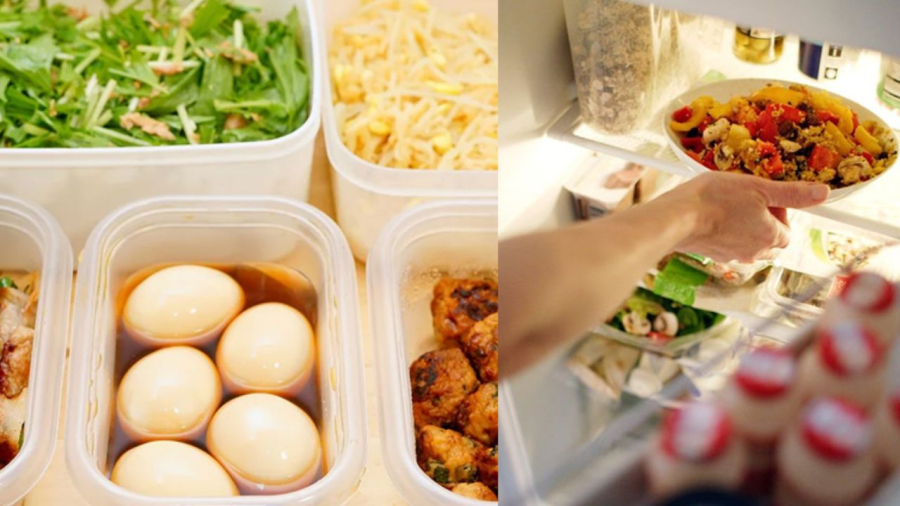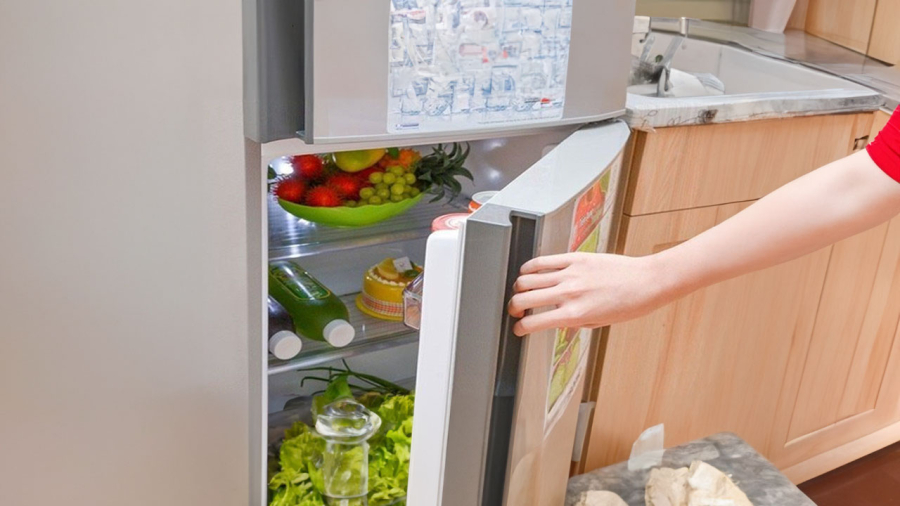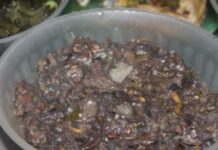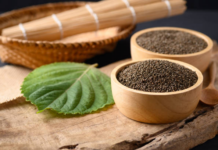Most households tend to have leftover food, whether it’s from overcooking or preferring to cook in bulk. However, simply storing these leftovers in the fridge doesn’t guarantee their safety. Improper storage can affect the taste and quality of the food, impact its nutritional value, and even lead to health hazards.
Cool leftovers before refrigerating
It’s best to refrigerate leftovers as soon as possible. Allow the food to cool to a safe temperature (below 5°C) before placing it in the fridge to inhibit bacterial growth. To speed up the cooling process, divide the food into smaller portions and use shallow containers or ziplock bags. Aim to get the leftovers in the fridge within 2 hours to prevent bacterial contamination, which can spread to other foods.

Refrigerate leftovers promptly once they’ve cooled
Choose appropriate storage containers
The fridge is a small, enclosed space, and odors can easily transfer between foods. To maintain the flavor of your leftovers, ensure they are tightly sealed in containers or bags. Avoid single-use plastic containers, and opt for those with tight-fitting lids to prevent bacterial contamination and odor transfer. Choose containers made from BPA-free plastic, glass, or stainless steel for added peace of mind. For extra protection against odor absorption or transfer, double bagging in ziplock bags is a good idea.
Arrange the fridge thoughtfully
Fridge organization is crucial. Maintain a temperature of below 5°C and place leftovers on the middle or bottom shelves, where temperatures are coldest and most consistent. Avoid the door shelves as temperatures fluctuate there. Heavily scented foods should be tightly wrapped, and cooked leftovers should be kept separate from raw meat and fish. Additionally, certain leftovers, such as cakes and ice cream, should not be reheated.

Pay attention to how you arrange food in the fridge
Freeze for long-term storage
If you wish to keep leftovers for an extended period, freezing is the way to go. Again, allow the food to cool first to avoid temperature shocks. Label and date the containers to keep track of how long the food has been frozen.
Defrost safely
To avoid bacterial contamination, defrost frozen leftovers safely. Ideally, transfer them from the freezer to the fridge to thaw slowly. If you’re in a hurry, use the defrost setting on your microwave. Avoid defrosting at room temperature, as this provides an ideal environment for bacterial growth.
Reheat leftovers properly
Reheating leftovers not only kills bacteria but also restores their flavor. Ensure the food reaches a temperature of at least 75°C to eliminate any harmful bacteria. Use a food thermometer to check, and if reheating on the stovetop, stir or turn the food regularly for even heating.
Storage time limits
– Cooked leftovers can be stored in the fridge for 3 to 4 days. If frozen, they will keep for 2 to 6 months, depending on the type of food.
– Cooked seafood and meat should be consumed within 1 to 2 days when refrigerated and within 2 to 3 months when frozen.
Remember to always cover and seal leftovers tightly, and keep your fridge clean and odor-free to maintain the quality and safety of your stored food.
The Ultimate Guide to Thawing Frozen Foods for Tet: Preserve Nutrients, Taste, and Quality
The great freezer conundrum: a challenge faced by many. Meat, fish, and shrimp are often stashed away in the icy depths of freezers, but the age-old question remains – how best to thaw? Forget the old wives’ tales of hot water, salty ice baths, or leaving food to defrost at room temperature. It’s time to embrace a new era of thawing wisdom and discover the optimal method that will revolutionize your culinary adventures.






































